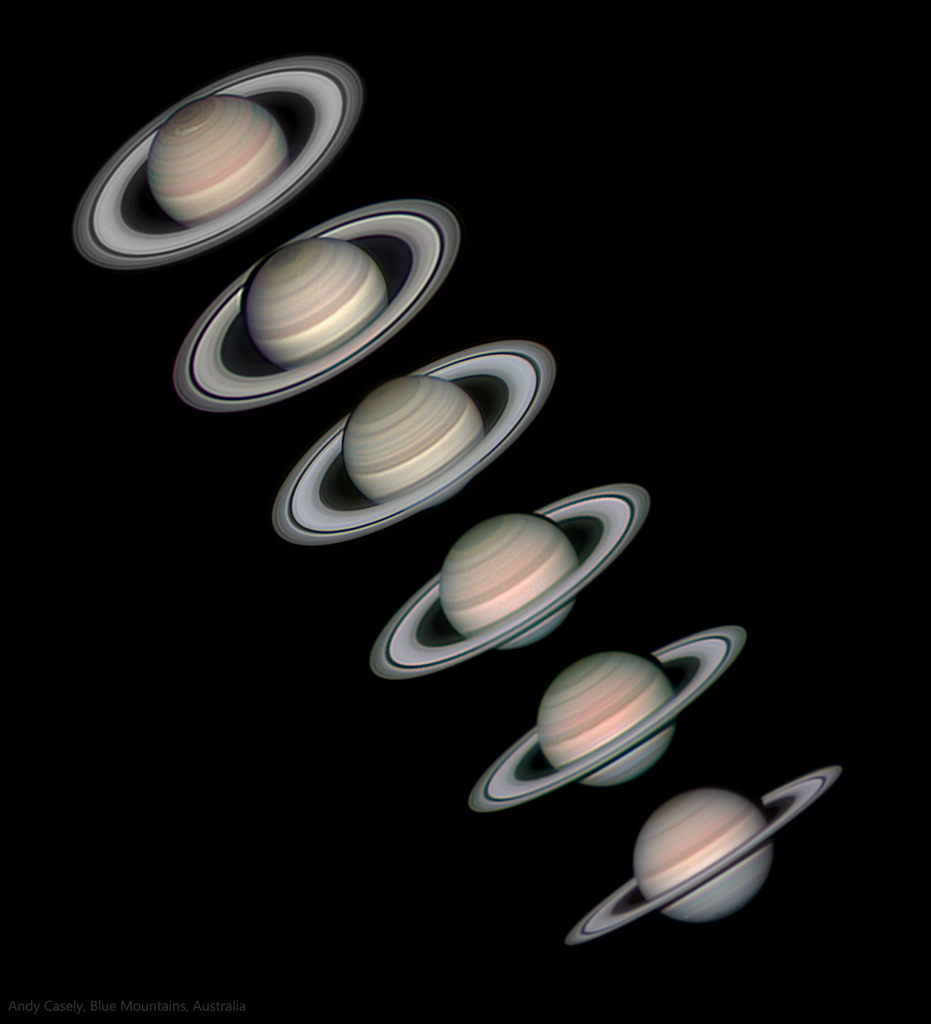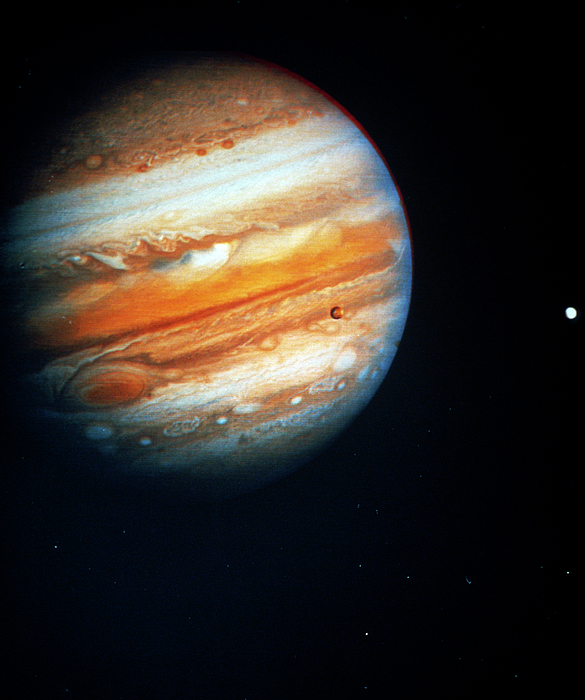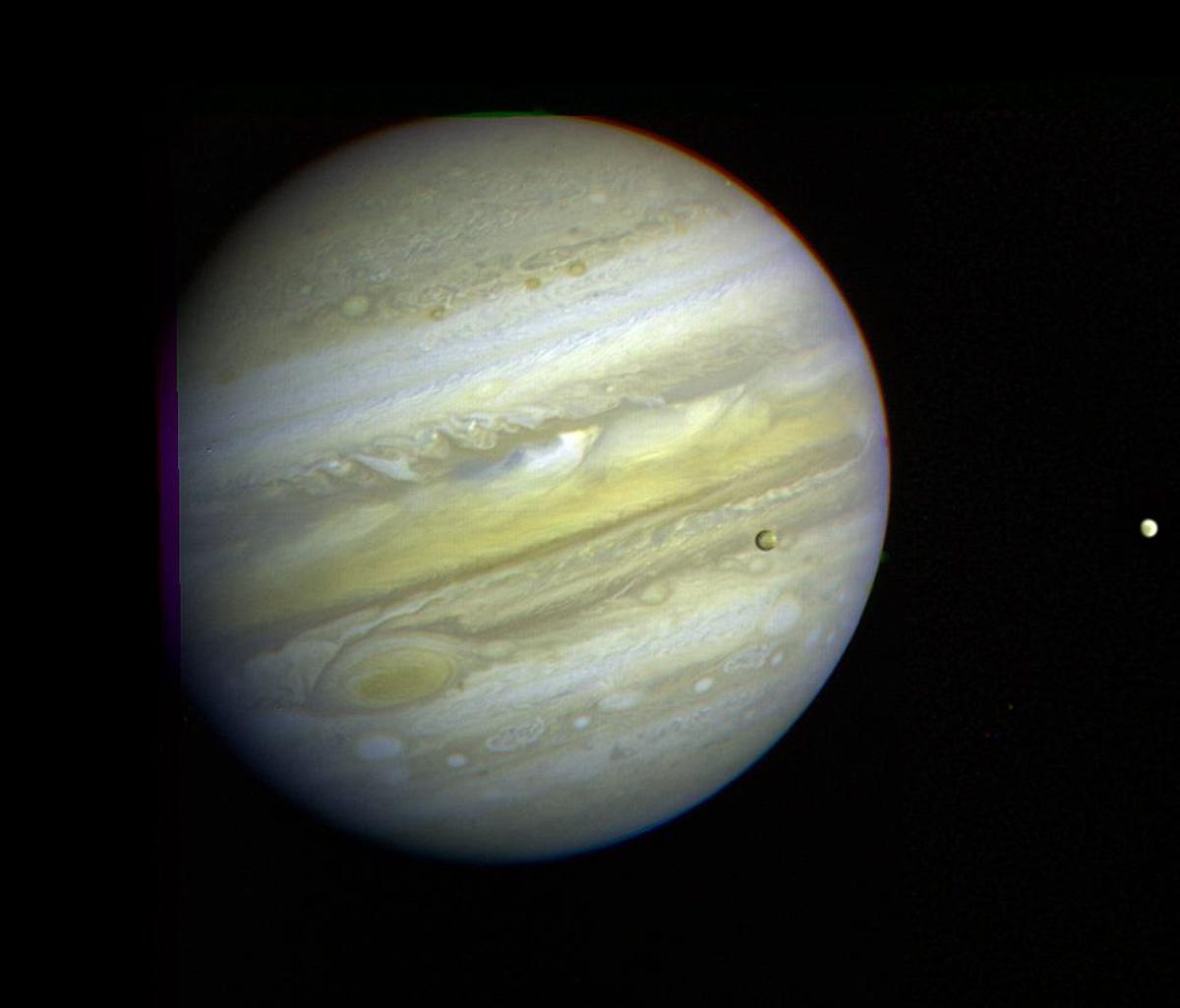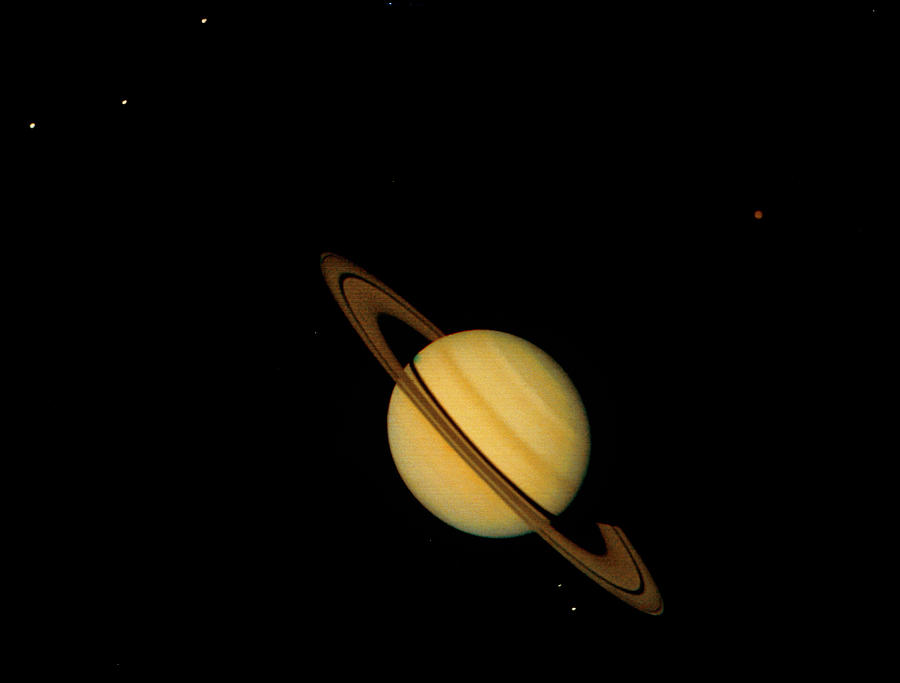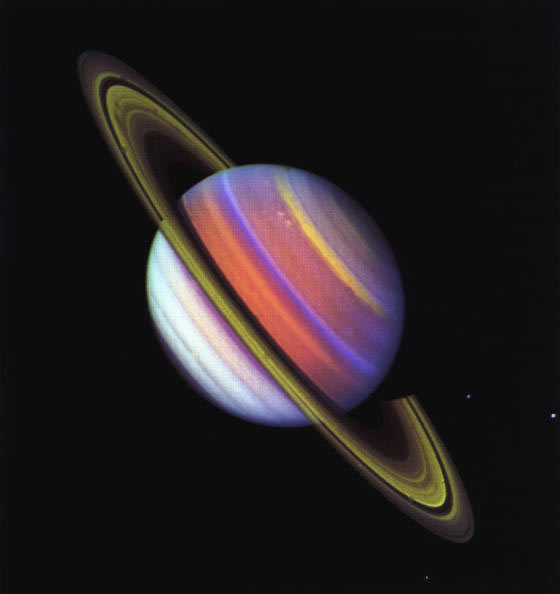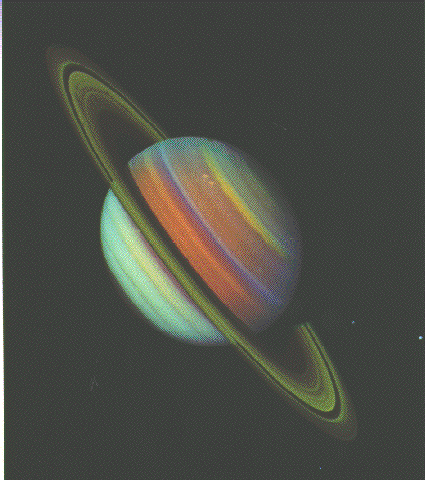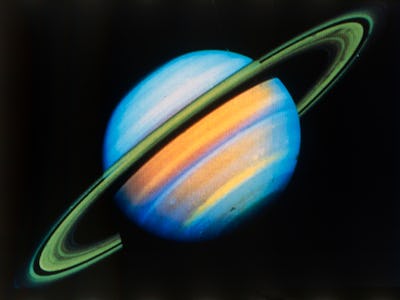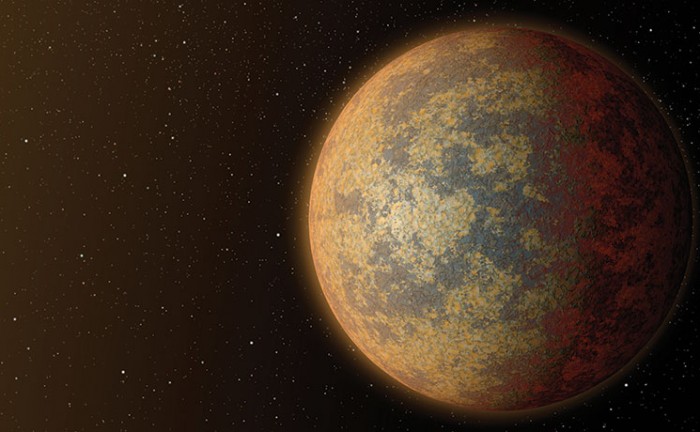Interesting!

Saturn clearly looked its best (from the Earth's perspective, at top left) back in 2018, when its ring plane was most open. A fascinating storm could also be seen raging close to the north pole in 2018. But I also really like the 2019 image (second from top), when the north pole hexagon was strikingly visible, and one of Saturn's cloudtop belts was particularly bright.
There is nothing for it, Saturn looks less interesting when its ring system is more "closed" (as in the 2023 picture at bottom right).
This reminds me of the Voyager 1 pictures of Jupiter and Saturn. Voyager 1 reached Jupiter on March 5, 1979, and soon afterwards NASA began publishing pictures of Jupiter taken by Voyager 1. They looked something like this:
Oh wow! I was ecstatic! Those Jupiter images were so so beautiful! They were amazingly colorful and totally gorgeous!
Yeah, well... NASA had processed the images so as to make Jupiter's colors too saturated. Because let's face it, Jupiter doesn't look like this. So later NASA quietly tried to back away from its
colorism version of Jupiter and started watering down its hues - with some surprising and unattractive results! You sure haven't heard of the Great Yellow Spot of Jupiter, have you? Well, here it is:
Yes, that's Jupiter and its Great Yellow Spot, in a "color-corrected" version of the flamboyant NASA 1979 chromatic splendor!

Anyway. This is supposed to be about Saturn. After NASA's color-fest at Jupiter, I most eagerly awaited its upcoming Saturn pictures. Saturn would look amazing too when photographed by Voyager 1, right? Right? Right?
But when the Saturn pictures arrived in November 1980, they looked like this:
To say that I was deflated is putting it mildly! Look at that almost featureless boring yellow cloud cover of Saturn! And look at those ugly dark brown rings! (I was too upset to even notice orange Titan at upper right.)
NASA tried to make amends by dressing up Saturn in various cloud outfits that would have made the sixth planet fit for a Pride parade:
I had been so delighted by NASA's Voyager i pictures of Jupiter, but I was so terribly disappointed at its pictures of Saturn. And while I couldn't see through the color-primping of the Jupiter images, I certainly knew that NASA was "lying" to me about the colors of Saturn! I was furious!
Saturn is everyone's favorite planet. I like it too, these days, but it took me a long time to get over the Voyager pictures of it. Of course, when you have seen Cassini images of Saturn, how can you dislike the King of the Rings?
Saturn is a planet of so very many faces. But some of them do look better than others.
Ann
 A Season of Saturn
A Season of Saturn